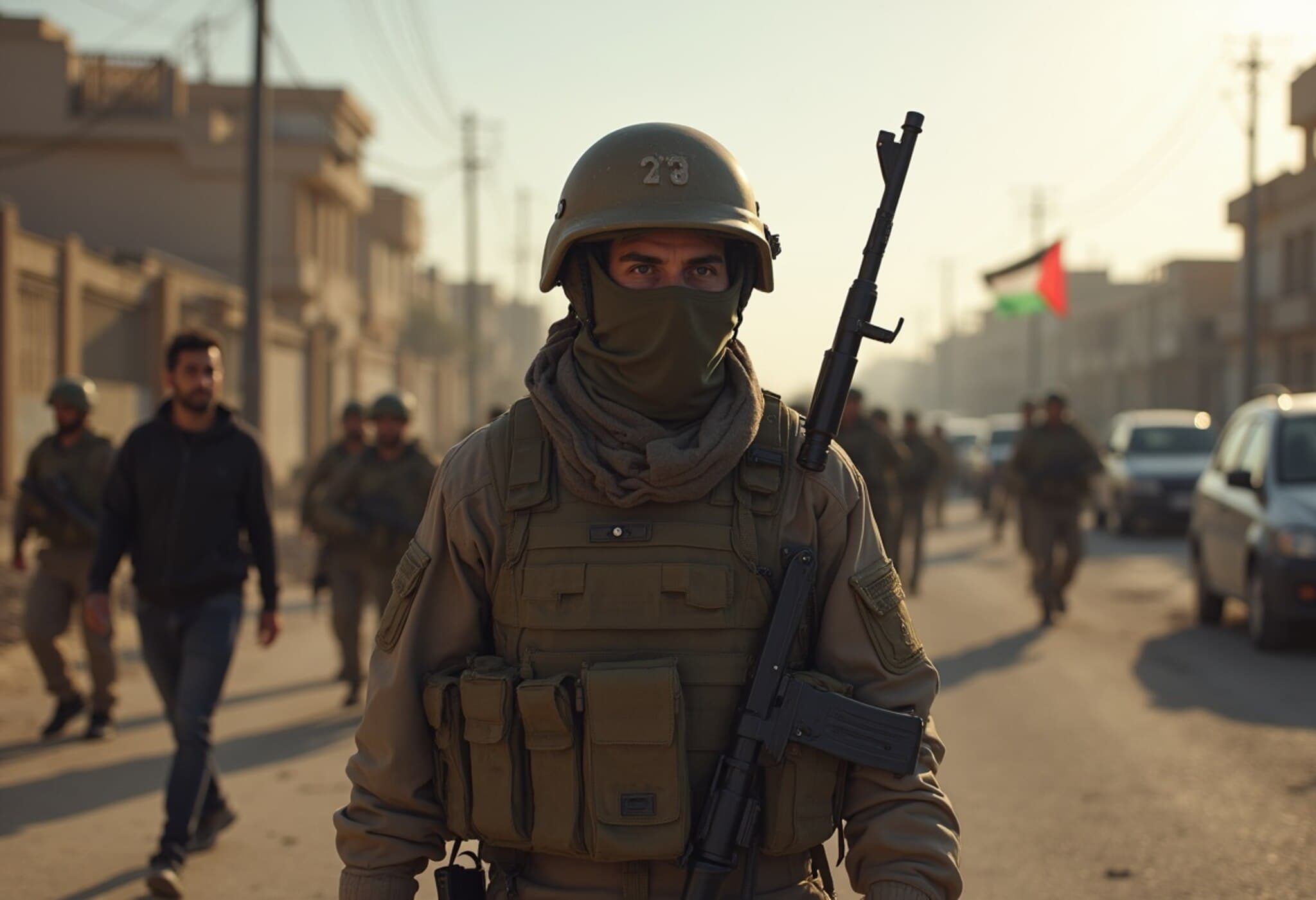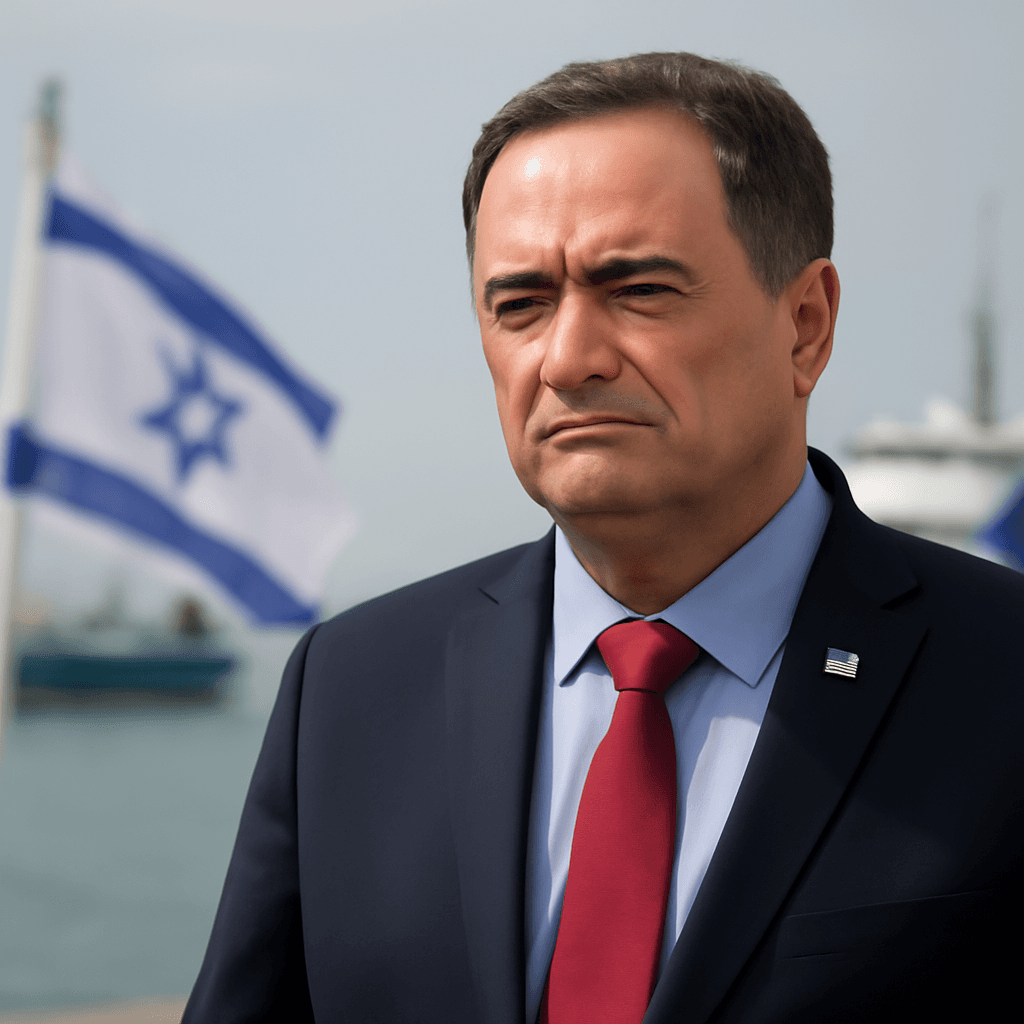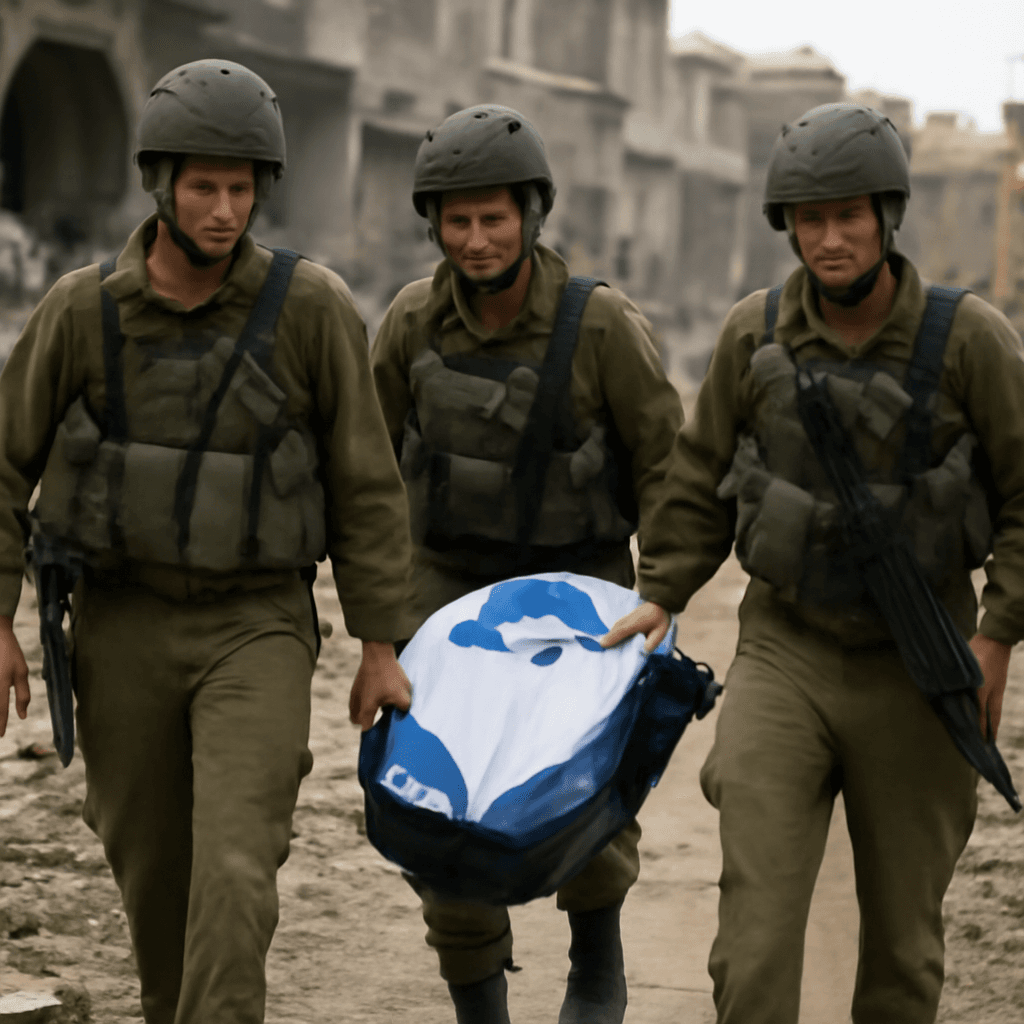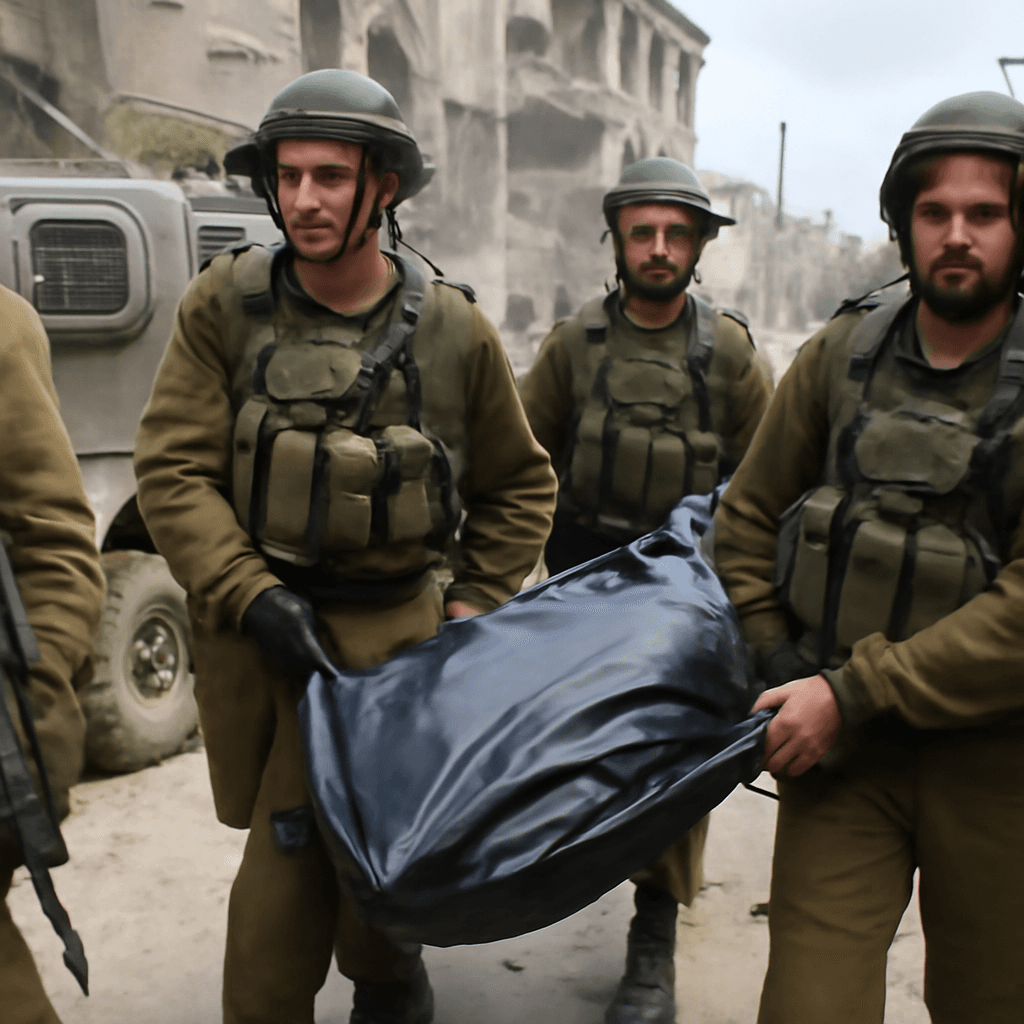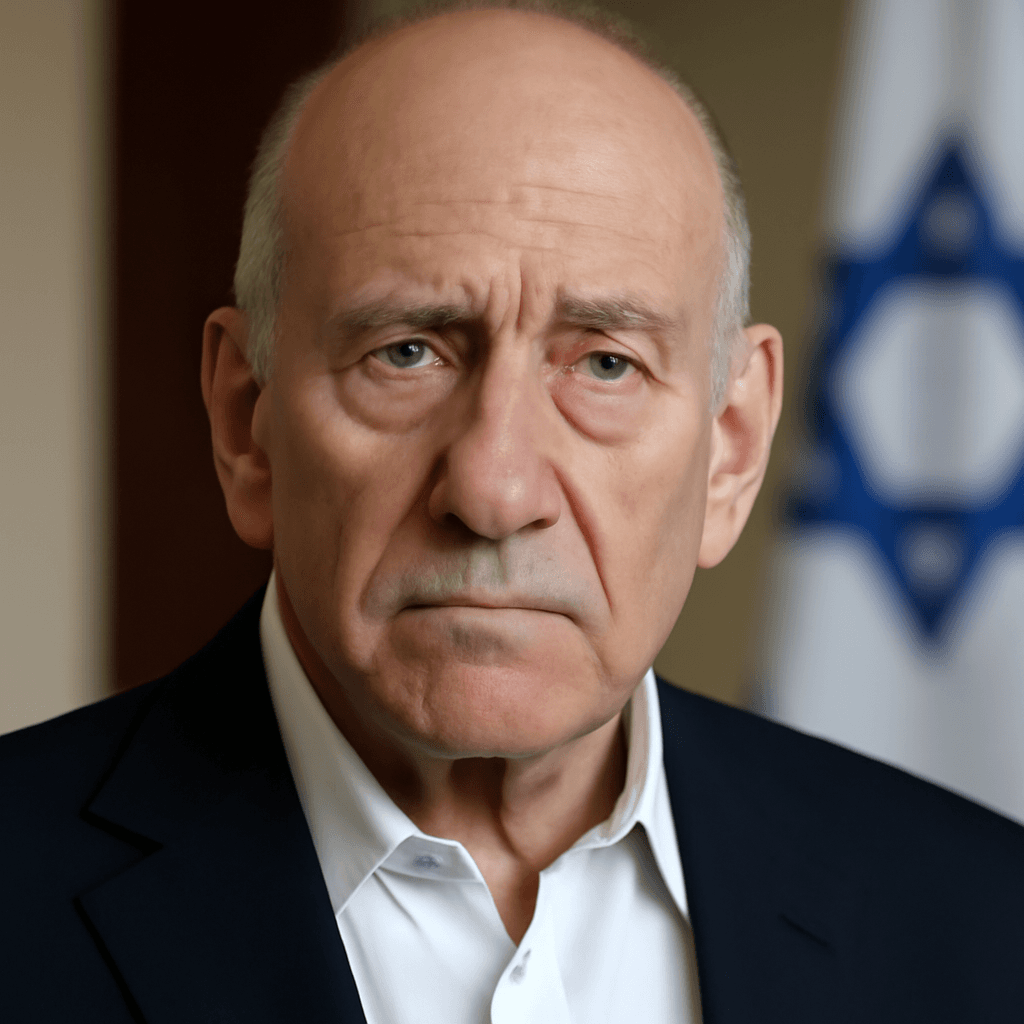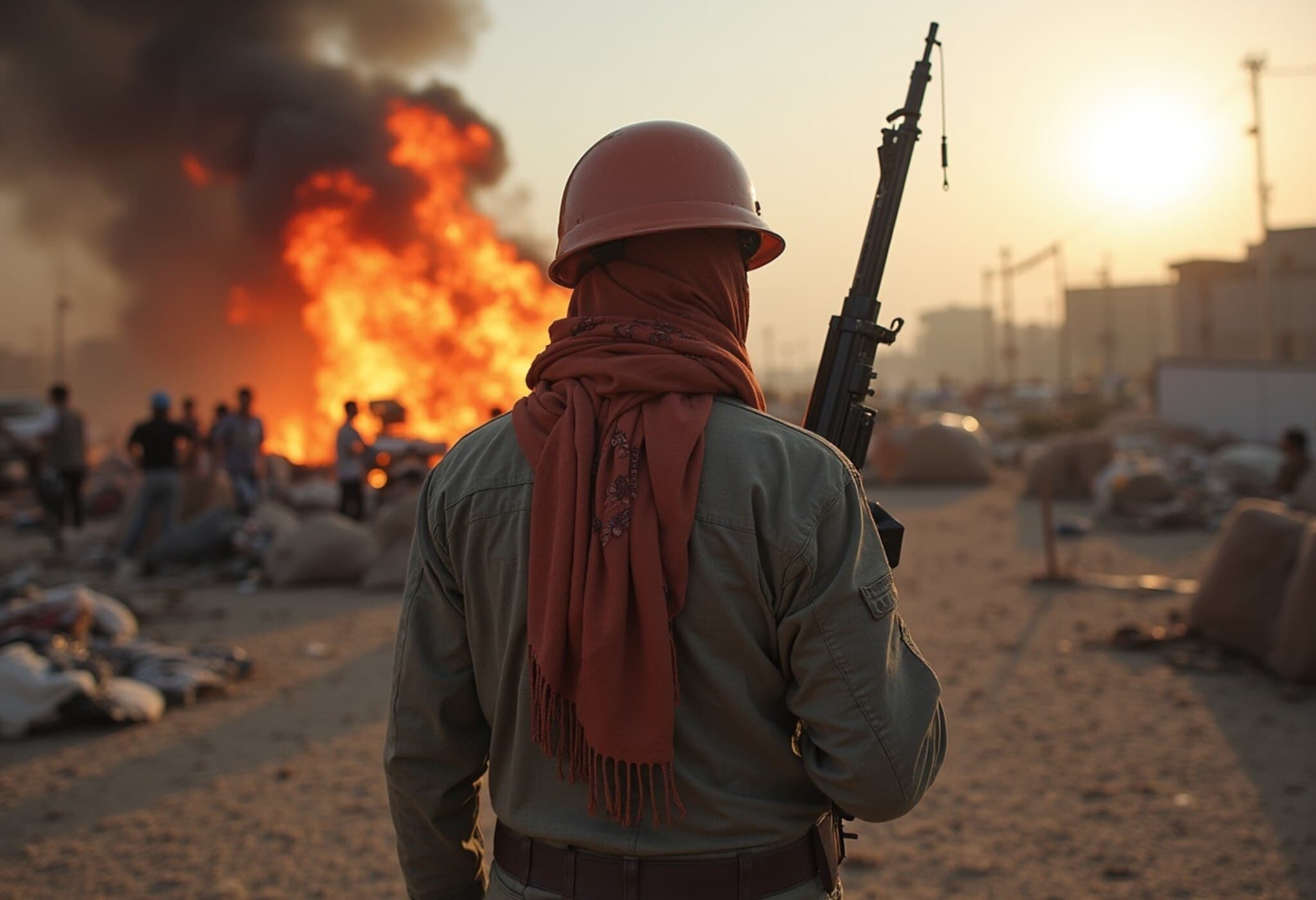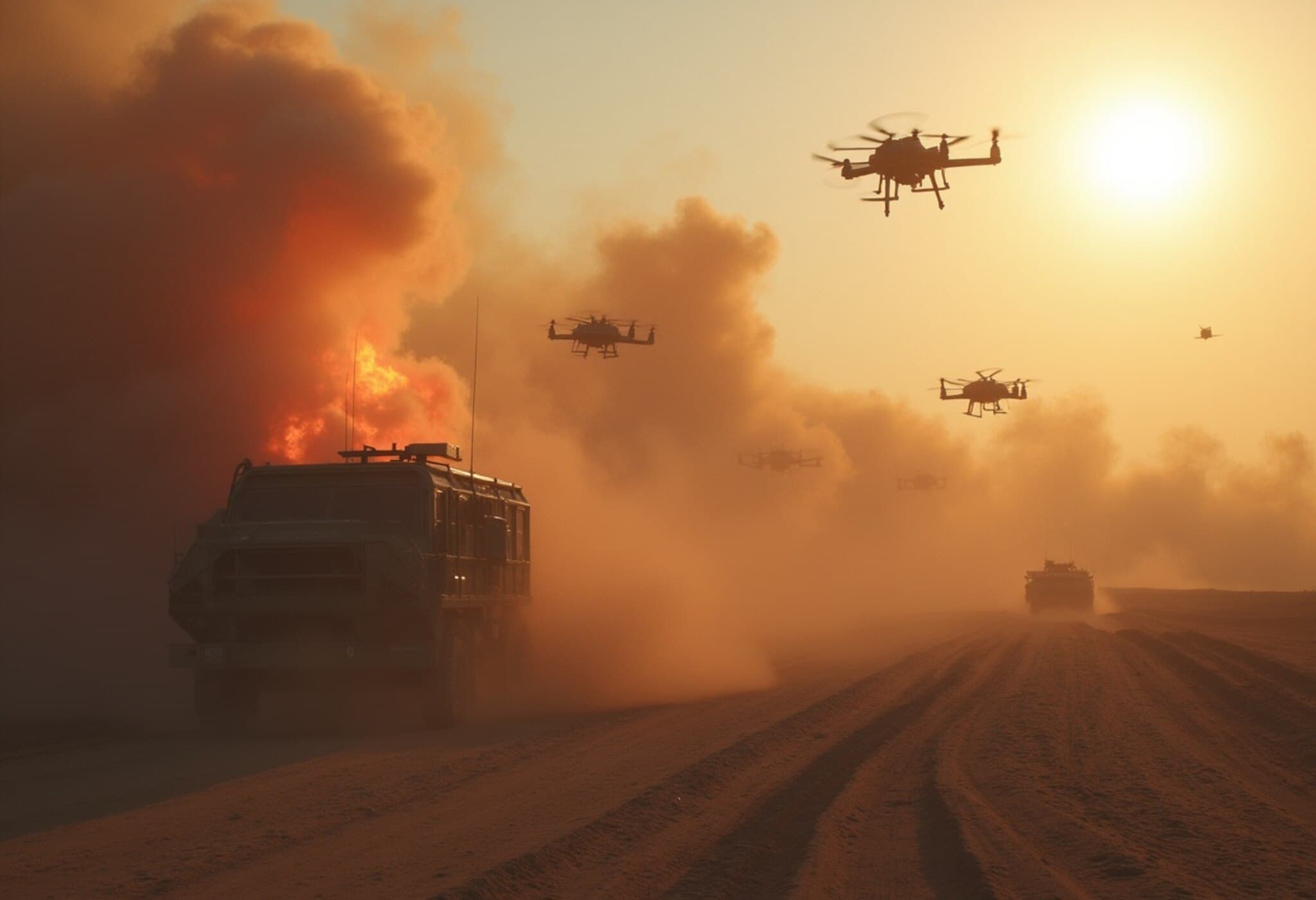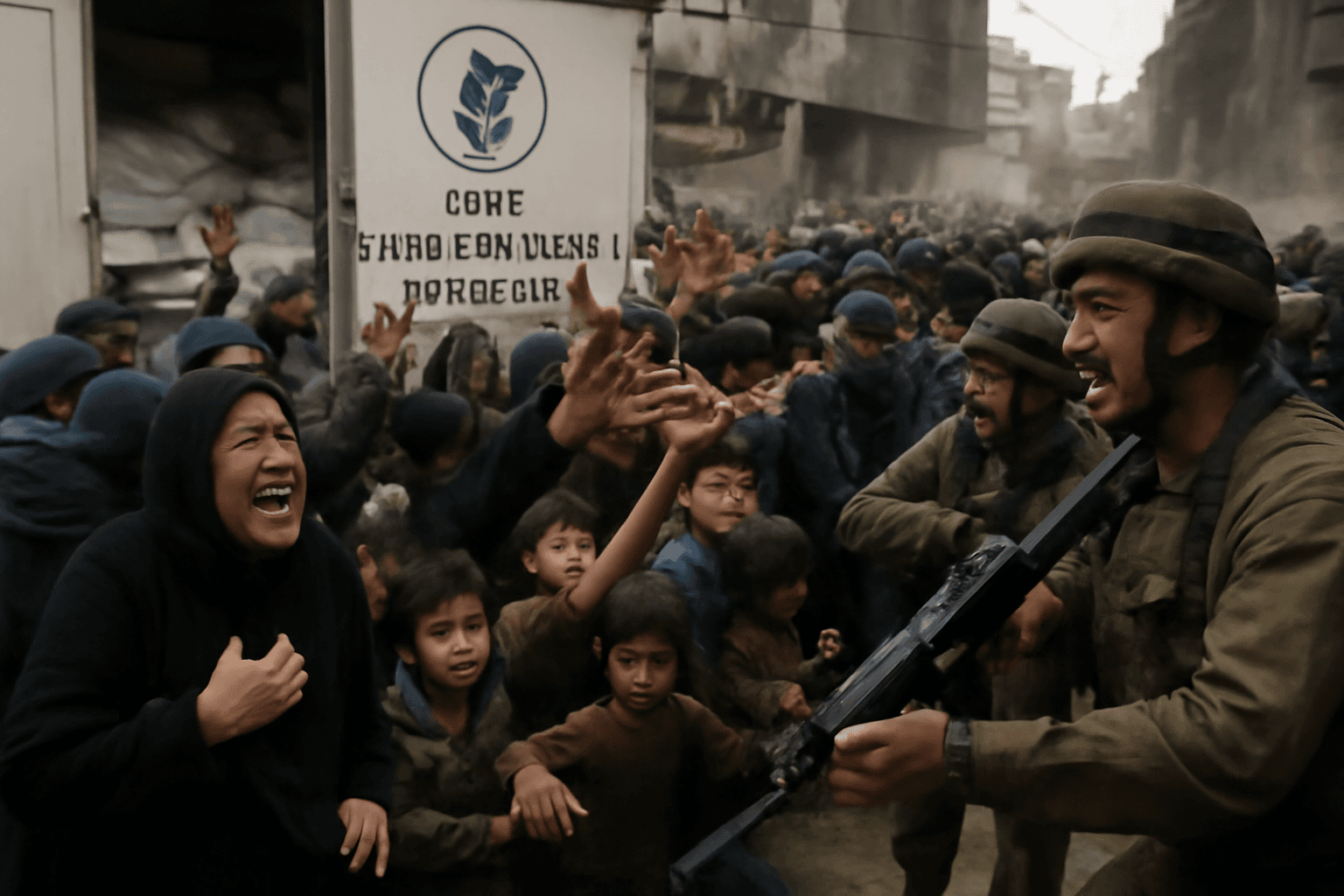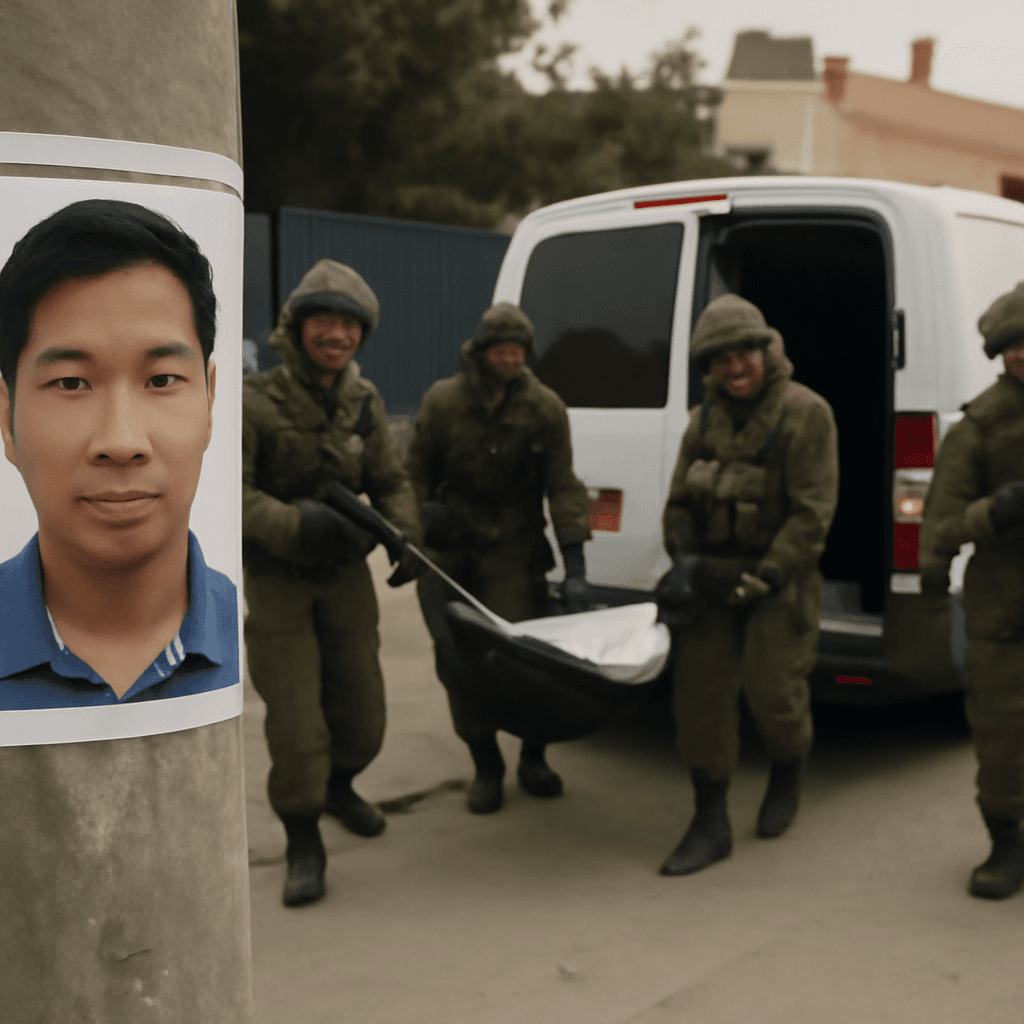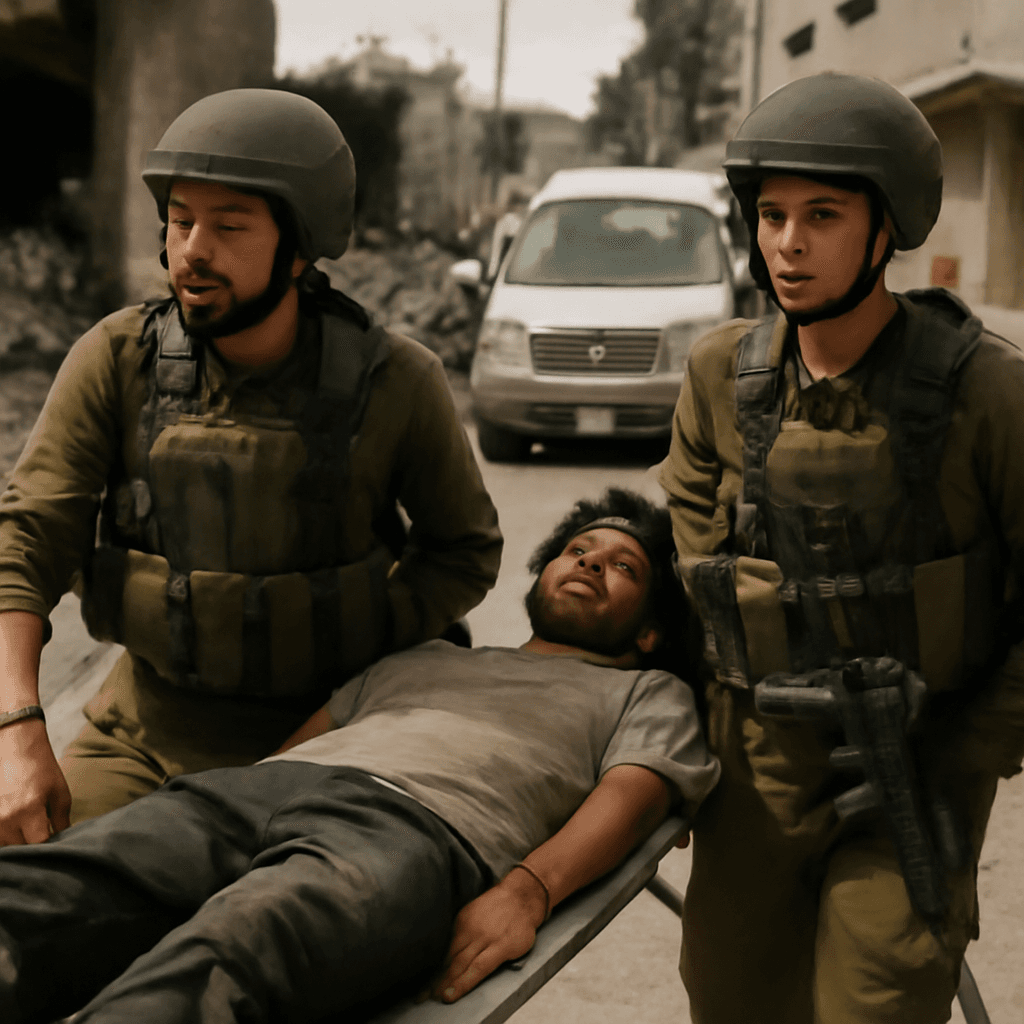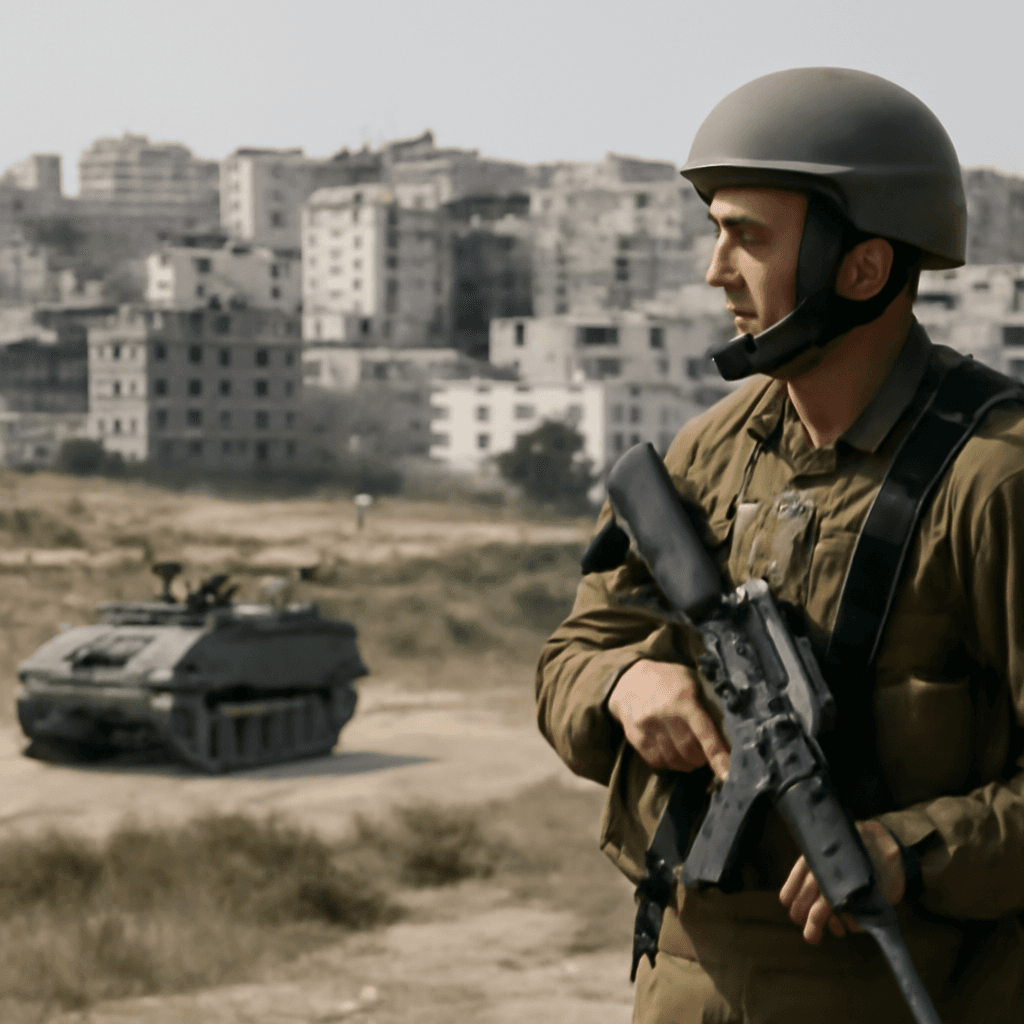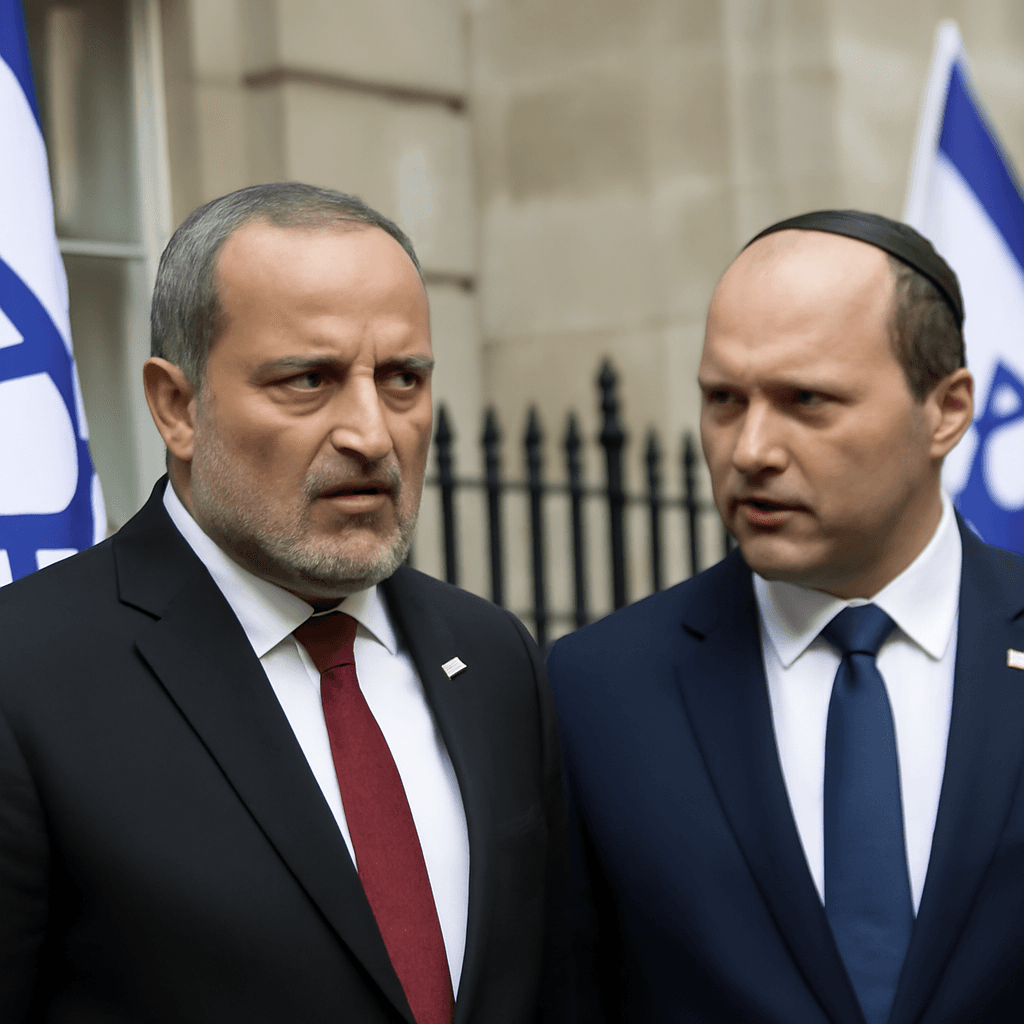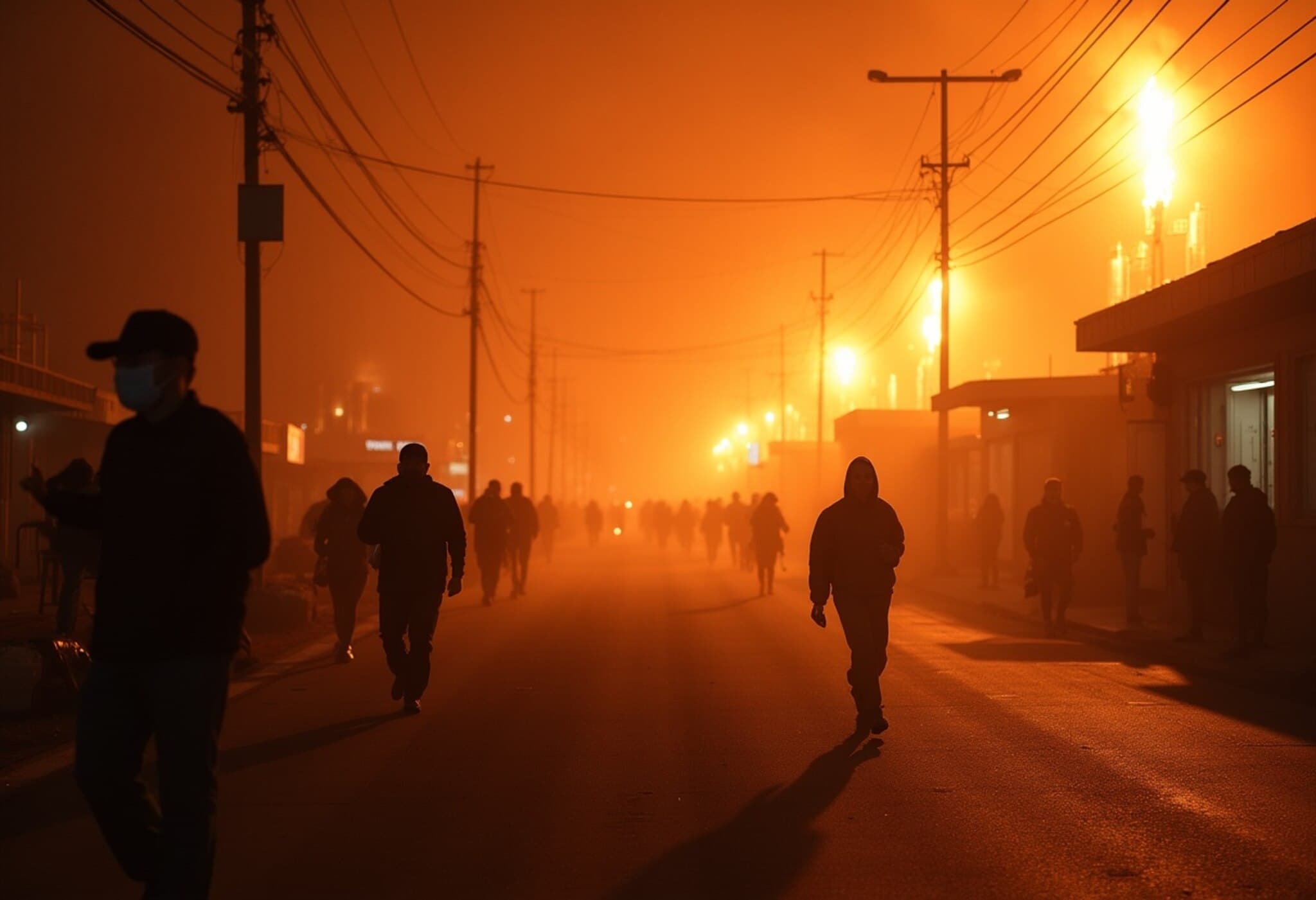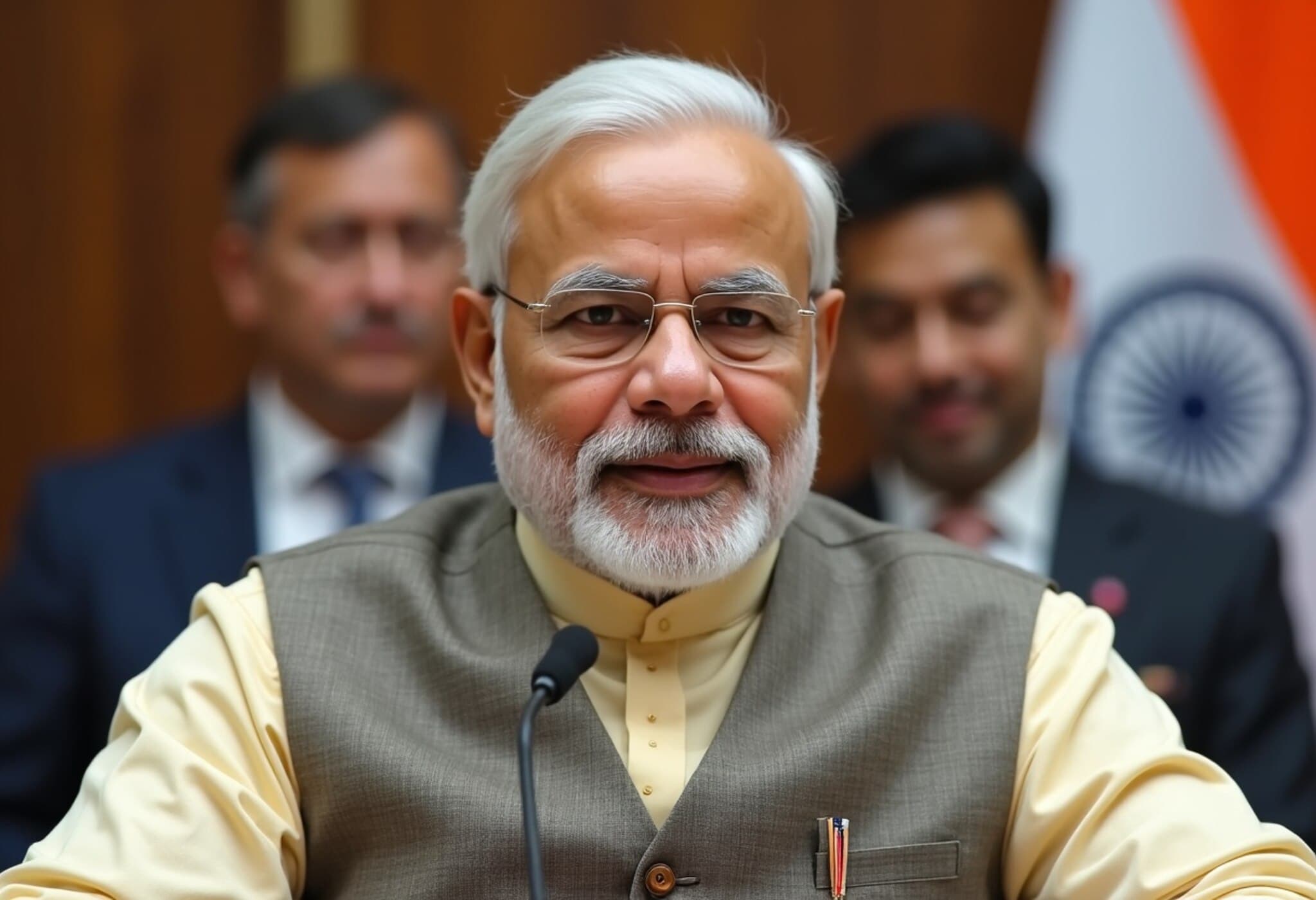Systematic Use of Palestinians as Human Shields: New OSINT Report Unveils Disturbing Tactics
An alarming new open source intelligence (OSINT) report has brought to light disturbing evidence suggesting that the Israeli military has been systematically employing Palestinian civilians as human shields during operations in both Gaza and the West Bank. Based on a thorough analysis of social media videos, drone footage, and geolocation data, these findings reinforce previous allegations of this controversial and illegal tactic.
What the OSINT Evidence Shows
The report, assembled by a respected independent investigative group, analyzes multiple videos circulating online that depict Palestinian civilians—often blindfolded, restrained, or forced to wear military vests—being positioned in front of, or tied to, Israeli troops and armored vehicles while active operations proceed around them.
- One particularly distressing clip shows a man bound and strapped to the bonnet of an armored military vehicle driving through a crowded residential street.
- Another video reveals several bound individuals flanked by Israeli soldiers, who appear to be using the civilians as shields while directing their fire.
- Drone footage captures blindfolded Palestinians standing in combat zones with troops taking cover behind them.
These examples span key locations within both Gaza and major West Bank cities such as Jenin and Nablus. The consistency across different settings strongly suggests this is not an isolated practice, but rather a widespread operational tactic.
Legal and Human Rights Implications
Using civilians as human shields is explicitly prohibited under international humanitarian law, including the Fourth Geneva Convention, which aims to protect civilians during armed conflict. Such actions constitute war crimes and reflect a grave disregard for civilian safety.
Human rights organizations have condemned these practices as not just unlawful, but deeply unethical, exacerbating the suffering of already vulnerable populations caught in conflict zones.
Verifying the Evidence: Advanced Digital Forensics
The investigative team employed cutting-edge verification techniques:
- Geolocation: Matching architecture, road patterns, and environmental cues in videos to validate locations.
- Time-stamping: Correlating social media posts’ metadata and satellite imagery for precise timing.
- Cross-platform Comparison: Tracking how videos and images travelled across platforms like X (formerly Twitter) to establish authenticity.
This rigorous approach gave the report credible weight, confirming several incidents occurred as recently as June 2024 and last December.
Broader Context and Geopolitical Significance
The revelations arrive amid heightened tensions in the region, with ongoing military engagements and escalating violence disrupting civilian life. The use of human shields highlights a disturbing erosion of protections guaranteed under international law and raises urgent questions about accountability mechanisms for perpetrators on all sides.
From a U.S. and global policy perspective, these findings add pressure on international bodies and governments to intensify diplomatic efforts, promote transparency, and ensure adherence to laws designed to protect innocent lives.
Underreported Narratives and Ethical Reflections
While high-profile incidents frequently dominate headlines, this report underscores the everyday human cost suffered by Palestinians, often overlooked amid political rhetoric. The psychological trauma of being forcibly used as a shield adds layers to the humanitarian crisis that deserve wider attention.
It further challenges the international community and media to amplify these narratives, recognizing civilians not merely as collateral damage but as individuals subjected to coerced roles in warfare.
Editor’s Note
This OSINT report reveals the disturbing reality of forced human shielding in conflict zones, a tactic that breaches fundamental humanitarian principles. As the Israeli-Palestinian conflict continues to unfold, robust verification of such allegations is crucial to uphold international law and protect civilian lives.
Readers are encouraged to reflect on the ethical dimensions and broader consequences of militarized tactics affecting innocent populations. How can global actors strengthen accountability mechanisms? What role should media and civil society play in shining light on underreported abuses? These remain urgent questions demanding continued scrutiny and empathy.

